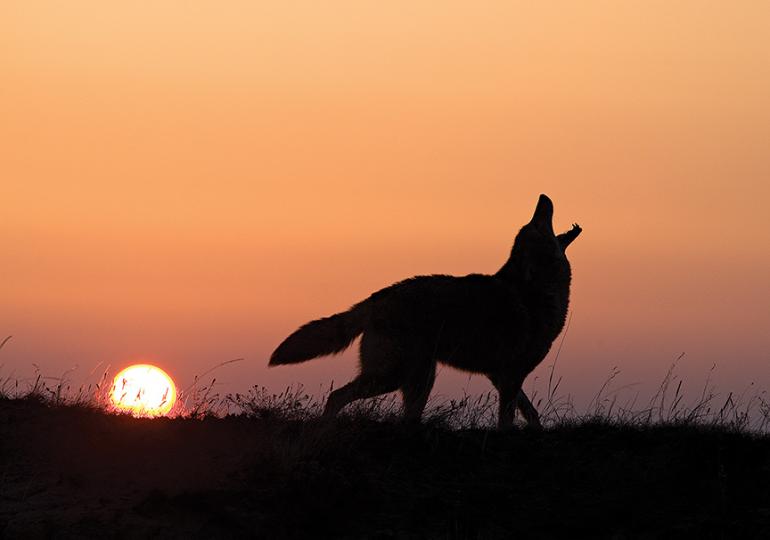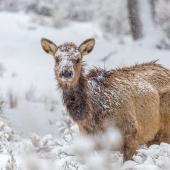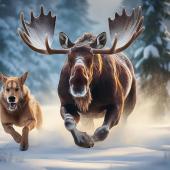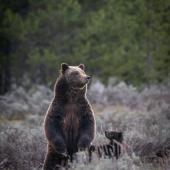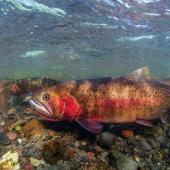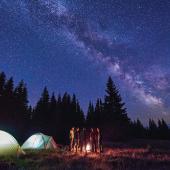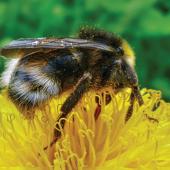Gulls or Gods?
All about the coyote.
“A wolf!” someone shouted, pointing. Binoculars and monster camera lenses jockeyed at the Hayden Valley lookout. “No, it’s only a coyote.” The group sighed.
Coyotes are not quite wolves, are they? But for more than half a century, this worked in their favor. Renowned for their sense of humor, coyotes had the last laugh, as their numbers tripled to fill the niche left behind by their eradicated big brother, the gray wolf, in spite of our single-minded attempts at coyote eradication in the name of “predator control.”
Coyote—Canis latrans—means barking dog, and anyone who has heard their enthusiastic yipping-yowling chorus will know why. Coyote song is no howling-moon elegy; it is the gleeful sound of the wild. While some brand coyotes a weedy species—the gulls of the dog world, these yapping dogs are adaptable, opportunistic, and resilient—they’re also skilled predators.
Before wolf reintroduction into Yellowstone, coyotes were the most abundant ungulate killer. Most often, however, they rely on small-mammal prey, with half of their diet made up of voles and pocket gophers. Indeed, coyotes are often seen performing graceful pouncing maneuvers on some unsuspecting plains burrower. The rest of their food comes from scavenging.
The coyote is the all-round American dog—unlike the gray wolf, who probably ping-ponged across the land bridge from Europe, they evolved right here in the West. Coyotes have since expanded their range east in their own form of Manifest Destiny. Although at heart a plains animal, coyotes are successful because they are generalists—they eat anything, and live anywhere; they are survivors.
After reintroduction, wolves killed coyotes in competition for resources. Yet, coyotes still outnumber wolves in the Greater Yellowstone Ecosystem fivefold. For many of us, it’s easy to identify with canids, just a few steps away from man’s best friend. In 1940, wildlife biologist Adolph Murie, in his pioneering Yellowstone-coyote ecology study, described coyote behavior—alone, with each other, and with their lookouts, the ravens. “Once I saw a coyote carrying a sprig of sagebrush,” Murie wrote. “At intervals he tossed the branch into the air and caught it.” Just like our dogs, they chew on sticks and bones, and wag their tails in greeting.
Most coyotes form packs, but they rarely travel together. Alphas mate once a year and bond for life, sharing the workload of raising pups in spring. Like wolves, packs have well-defined social classes, with subordinate betas who help, and slouches who don’t. Sometimes, the packs may interact with solitary or loner coyotes—former alphas or young adults—on the fringes of their territory. But generally, territories are feverishly scent-marked and well-defended.
Native American peoples knew the mischievous coyote as God’s Dog or Good Medicine. Some of us remember him as Wiley Coyote. They may not have bought in the millions of tourist dollars that wolves have, but songster or trickster, friend or foe, the coyote plays an important role in shaping healthy range ecosystems. Thankfully, they’re here to stay.

